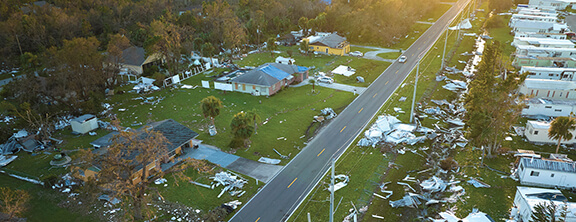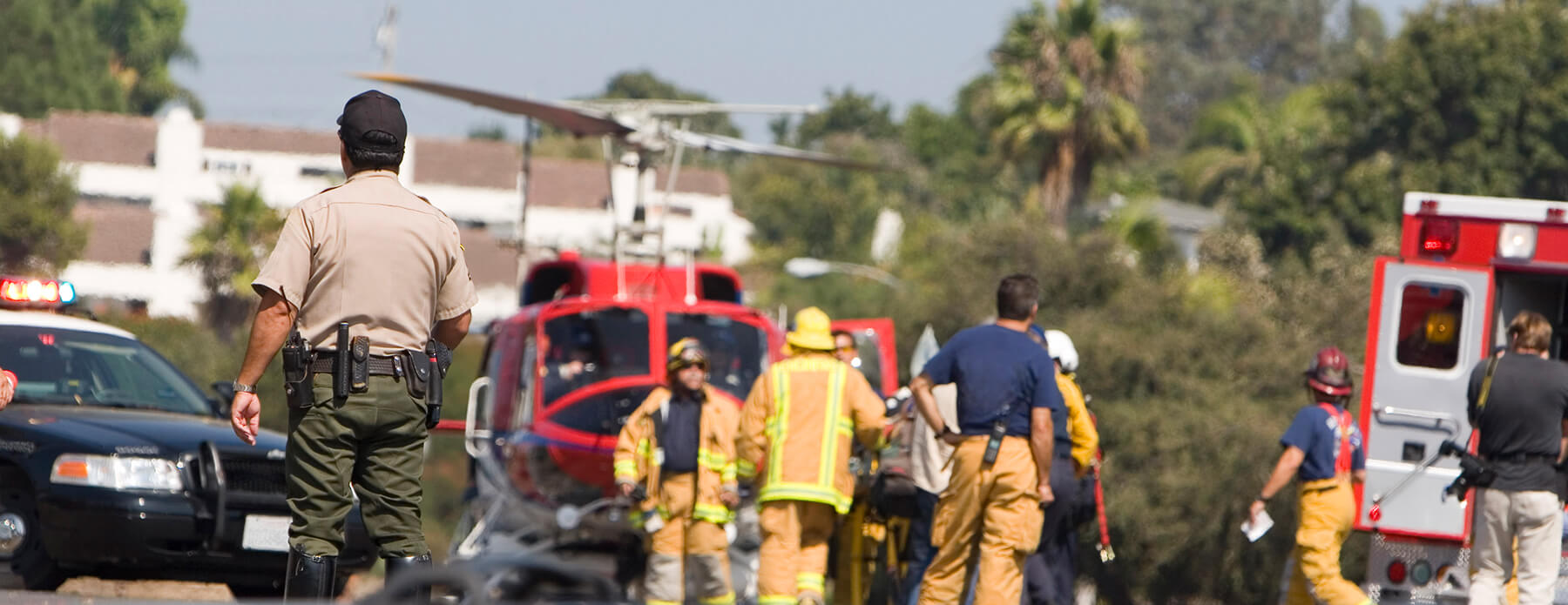In an extraordinary display of nature’s fury, the United States experienced one of its most tumultuous April in recent history, with over 300 tornadoes tearing across the country, making it the second-most on record for the month. This staggering number far exceeds the typical average of 182 tornadoes for the same period, with only April 2011 eclipsing this year’s count with an unprecedented 757 tornadoes, according to a preliminary analysis conducted by the National Weather Service Storm Prediction Center.
The distribution of these destructive weather events this April has also been notable. Unlike in years when Mississippi and Alabama often bear the brunt of April tornadoes, this year, the central states were most affected. This represents a significant pattern shift and highlights the unpredictable nature of severe weather events.
The April 2024 US tornado map provides valuable insights into the evolving trends of tornado activity nationwide. In addition to showing a concentration of tornadoes in central states like Kansas, Oklahoma, and Nebraska, the map also reveals an uptick in tornado frequency in areas further west, such as parts of Texas. This shift could be attributed to changing atmospheric conditions, including altered wind patterns and varying moisture levels driven by climate change.
This US tornado map also highlights the reduced activity in the southeast, which historically experiences significant tornado outbreaks during April. Regions such as Mississippi and Alabama saw fewer tornado touchdowns than previous years, suggesting a redistribution of high-risk zones. These changes emphasize the importance of updating regional preparedness plans and revisiting building codes to withstand tornado impacts in newly affected regions better.
These historical US tornado maps continue to be an essential tool for understanding and predicting weather patterns. It reminds us of the importance of adaptability in disaster preparedness and response strategies nationwide.

Understanding Tornado Season
While tornadoes can occur at any time of the year, they have a pronounced seasonality. According to the National Weather Service, approximately 70% of tornadoes occur from March to June. The central United States, known as “Tornado Alley,” typically experiences its peak tornado season from April through June. Conversely, the Southeast encounters tornadoes more frequently during the cooler months before the activity shifts to the southern and central plains in May and June.
Such patterns are crucial for understanding and preparing for tornadoes’ possible impacts, especially as they appear to shift and evolve. This April’s heightened activity in central states is a strong reminder of the critical importance of vigilance and preparedness during these peak months.
Preparing for Tornado Season 2024

Given the unpredictable and often sudden nature of tornadoes, preparation is critical to mitigating damage and ensuring safety. Below are essential tips to consider for individuals and communities, particularly those in high-risk areas:
- Develop a Safety Plan: Every household and organization should have a clear, practiced plan for where to go and what to do during a tornado.
- Stay Informed: Early warning is critical. Invest in a weather radio and regularly monitor weather forecasts during spring.
- Secure Your Home: Reinforce areas of your home susceptible to high winds, such as roofs, doors, and windows. Consider installing a safe room or storm shelter.
- Create an Emergency Kit: Assemble supplies you may need during and after a tornado, including water, non-perishable food, medications, flashlights, and batteries.
- Know the Signs: Understanding the signs of an imminent tornado can provide precious minutes to seek safety. Be alert to changing weather conditions, particularly during peak tornado season.
- Practice Drills: Conduct tornado drills regularly to ensure everyone knows how to respond quickly and safely if a tornado is approaching.
While the pattern and intensity of tornado seasons may vary yearly, the importance of preparation remains constant. This April’s near-record tornado activity starkly exemplifies such weather events’ powerful and unpredictable nature. It is a clear call to action for all, from individuals to national disaster managers, to remain vigilant, informed, and prepared as we move through peak tornado season.
With the proper preparation and awareness, communities can better withstand the challenges posed by severe weather, minimizing damage and protecting lives. For more information, please visit Tidal Basin’s Tornado Resource Center.



